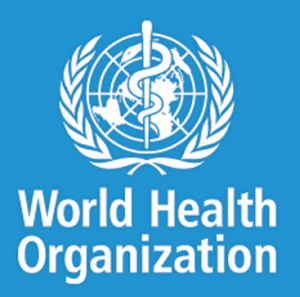WHO to launch first-ever framework on reducing anaemia
 The World Health Organisation (WHO) is set to launch its first-ever comprehensive framework on reducing anaemia with a call on countries to accelerate action to halve anaemia prevalence in women of reproductive age by 2025.
The World Health Organisation (WHO) is set to launch its first-ever comprehensive framework on reducing anaemia with a call on countries to accelerate action to halve anaemia prevalence in women of reproductive age by 2025.
According to the global body, progress on reducing anaemia has been slow and the world is not on track to reach the global target.
In a statement copied to the Ghana Business News, the WHO said anaemia is a serious global public health problem, affecting more than one half billion women and one quarter billion children worldwide.
A fact sheet by the WHO indicates that anaemia caused 50 million years of healthy life lost due to disability in 2019.
Again, in 2019, 30% (539 million) of non-pregnant women and 37% (32 million) of pregnant women aged 15 – 49 years were affected by anaemia.
The WHO Regions of Africa and South-East Asia are most affected with an estimated 106 million women and 103 million children affected by anaemia in Africa and 244 million women and 83 million children affected in South-East Asia.
Low and lower-middle income countries bear the greatest burden of anaemia, particularly affecting populations living in rural settings, in poorer households and who have received no formal education.
Anaemia is a condition that mainly affects women and children. The conditions is estimated to affect half a billion women aged between 15 to 49 years and 269 million children 6-59 months of age worldwide.
It occurs when there is not enough haemoglobin in the body to carry oxygen to the organs and tissues.
It causes symptoms such as fatigue, reduced physical work capacity, and shortness of breath. In severe cases, anaemia can cause poor cognitive and motor development in children. It can also cause problems for pregnant women and their babies.
Poor nutrition, infections, chronic diseases, heavy menstruation, pregnancy issues and family history can cause the conditions. It is often caused by a lack of iron in the blood.
Anaemia may be caused by several factors such as nutrient deficiencies, inadequate diet (or the inadequate absorption of nutrients), infections, inflammation, chronic diseases, gynaecological and obstetric conditions, and inherited red blood cell disorders.
Iron deficiency, primarily due to inadequate dietary iron intake, is considered the most common nutritional deficiency leading to anaemia.
By Eunice Menka
